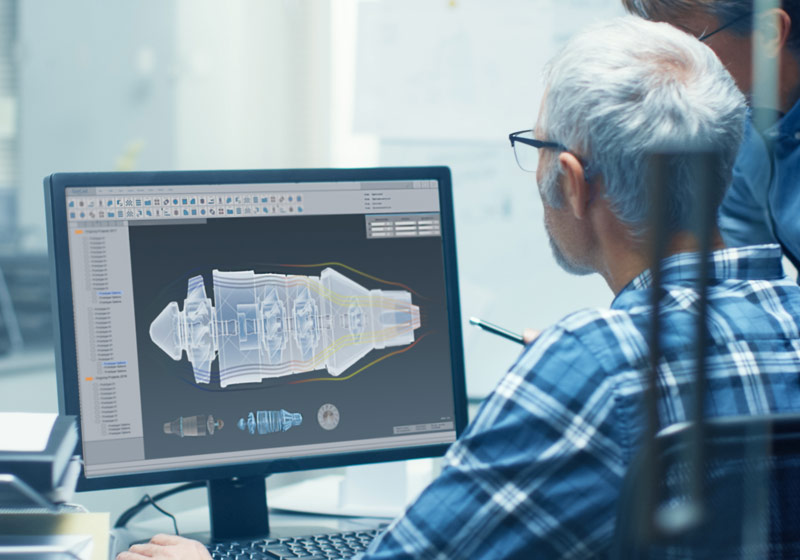Executive Summary
Modern electronic warfare (EW) is evolving into a contest of speed, data, and decision dominance. As AI takes on greater roles in jamming, signal detection, and threat prediction, maintaining human authority becomes mission-critical.
Key Takeaways:
- HITL systems combine AI speed with human judgment for ethical, compliant operations.
- Properly designed pipelines balance automation with oversight.
- Implementation aligns with DoD AI ethics principles and JADC2 integration requirements.
Why Human Oversight Still Matters
AI can analyze the spectrum faster than any human team—but full automation in EW is dangerous.
Human oversight ensures that tactical speed doesn’t come at the cost of strategic control.
Dynamic Threats Require Human Judgment
Adaptive jammers and deceptive RF patterns can mimic friendly signatures. AI trained on historical data may misclassify them—humans catch what algorithms miss.
Compliance and Rules of Engagement
EW operations are constrained by theater-specific ROE. Only humans can interpret political or contextual nuances that no dataset captures.
Collateral Spectrum Impact
AI-driven actions can disrupt friendly or civilian communications. Operators weigh broader mission impact before executing responses.
DoD AI Ethics Principles in Action
The Department of Defense’s AI Ethics Framework prioritizes human-machine teaming over autonomy.
For EW, that translates to:
- Meaningful Human Control – Operators understand and authorize every AI recommendation.
- Governability & Traceability – Each action is logged and reviewable.
- Reliability & Robustness – Systems must behave predictably across complex environments.
Building the Human-In-The-Loop (HITL) Architecture
A well-designed HITL pipeline enables collaboration between AI algorithms and operators.
Here’s what makes it work:
Threat Detection & Classification
AI scans massive RF data streams in real-time to:
- Identify emissions patterns and classify threats.
- Assign confidence scores and flag uncertain detections for human review.
Tip: Set clear confidence thresholds—low-certainty detections should always escalate to operators.
Situational Awareness Integration
Combines AI threat analysis with:
- Blue-force positions
- Mission timelines
- RF propagation conditions
- Intelligence updates
Response Option Generator
Instead of executing autonomously, AI presents multiple countermeasure options with:
- Effectiveness probabilities
- Collateral impact estimates
- Required assets and timeframes
Operator Interface & Control
Visual dashboards display:
- Real-time spectrum maps
- Confidence indicators
- Decision timelines
- Manual override controls
Learning & Adaptation Framework
The system evolves through:
- Tracking operator overrides
- Feeding mission outcomes back into model training
- Updating threat libraries with new signatures
Field Application: Multi-Platform Coordination
Imagine a joint air operation where jamming assignments shift mid-mission.
An AI-enabled HITL system detects adversary radar frequency changes and recommends reallocation, but the human operator decides—considering mission context, deconfliction, and coalition impact.
Result: Faster adaptation, full compliance, and preserved human accountability.
Overcoming Technical Challenges
Latency vs. Control
EW requires millisecond responses.
Solution: Tiered decision authority — low-risk, high-confidence threats allow pre-approved AI action; ambiguous cases route to human review.
Cognitive Load
Too much AI data can overwhelm operators.
Use progressive disclosure, intelligent alerts, and simplified dashboards.
Training Requirements
Operators need hybrid skills: EW tactics + AI literacy.
Develop training on interpreting AI confidence scores, overrides, and degraded-mode procedures.
Integration with JADC2 and Multi-Domain Operations
HITL systems are designed for Joint All-Domain Command and Control (JADC2) environments, ensuring interoperability across air, space, cyber, and land domains.
Key Integration Goals:
- Synchronize EW with cyber and kinetic operations.
- Enable coalition interoperability with standardized data formats.
- Secure communications under CMMC and ITAR compliance frameworks.
Security, Compliance, and Certification
- CMMC Level 3+ for continuous monitoring and data protection.
- ITAR / EAR Compliance for controlled technologies.
- Supply Chain Validation to prevent AI model manipulation or data poisoning.
Measuring Effectiveness
Key performance metrics include decision accuracy (AI alignment with mission outcomes), response time, operator confidence, override frequency, and learning velocity, measuring continual model improvement across evolving missions.
Future Outlook: The Next Era of HITL-AI
Emerging Trends:
- Adversarial ML: Defense against enemy AI deception.
- Quantum-Enhanced EW Processing: Faster simulations for complex threat landscapes.
- Autonomous Coordination: Multiple AI systems collaborating under human supervision.
Netray’s Strategic Advisory Role:
We help aerospace and defense organizations design HITL-AI pipelines that meet mission demands, align with DoD ethics, and ensure full operator control.
Conclusion: Balance, Trust, and Control
Electronic warfare success depends on the right balance between automation and human judgment.
HITL systems don’t replace humans—they amplify their capability with precision, speed, and data-driven intelligence.



